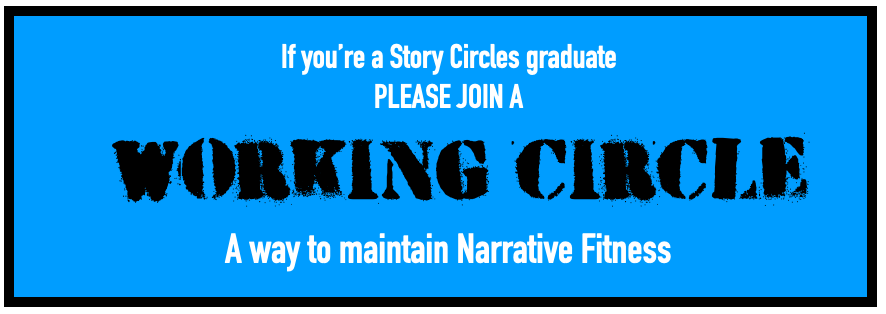An article this week in The Atlantic claims Barack Obama gave a “showstopper” speech at the 2024 DNC. Wrong.

They are of course great and wonderful people (my favorite president of all time), but that’s no reason to view them completely uncritically.
Poor structure: ending with the starting
Context is everything.
That’s what you learn when you spend 5 intense years teaching the ABT Narrative Framework. That’s what Matthew David and I have done since April, 2020 when we ran the first of 42 rounds of our ABT Narrative Framework course.
If you’re not familiar with the ABT and the two narrative metrics you can read about them in the new book, Lincoln But Trump: Narrative Metrics and Similarities Between Heroes and Villains (now available in paperback). You can also see it in the graphic (below) of the Top 6 Storytelling Models for CEOs.
One of the key, recurring mistakes we came to observe is the tendency to end an ABT with the very material that ought to open it. Over and over again we see the recurring pattern of having the last four or five words of the THEREFORE material at the end of an ABT actually be the very over-arching topic that ought to open the ABT.
And that is first sad thing to say about Barack Obama’s largely wandering 2024 DNC speech. I don’t care that Mark Leibovich this week in The Atlantic labeled Obama’s speech a “showstopper.” As history now knows, that show (the 2024 DNC) was already stopped before it ever started, given what it failed to accomplish (a victory for the Democrats).
So without dissecting the entire speech, just consider this one tragedy — Barack Obama ends his speech by saying this in his final major paragraph:
A restoration of what Lincoln called, on the eve of civil war, “our bonds of affection.” An America that taps what he called “the better angels of our nature.” That’s what this election is about.
If that’s what this election is about, why didn’t you tell us at the start?
Context is (again) everything.
How you set up a good speech — yes, how you FRAME it — is no different than telling a good joke. If you don’t set it up properly, you don’t have any impact.
The Lincoln quote was potentially powerful, had it been used properly. It should have been his first paragraph. Martin Luther King, Jr. opened his “I Have A Dream” speech by (correctly) pointing to Lincoln in his first paragraph.
Obama should have opened by simply saying, “You want to know what this election is about?” And then the Lincoln quote, which he then could have messaged around for the entire speech.
But he didn’t. He gave a largely dull speech then ended with his theme as only a final postscript. His wife, who spoke before him, was at least a half level better in terms of narrative strength, looking at the narrative metrics.
Most disappointing of all is to have it called a “showstopper” based on what? Cheering and applause?
The wife wins
In the end, neither speech is all that amazing — a conclusion supported by the mediocre scores for their narrative metrics.
MICHELLE: AF – 3.1%, NI – 15
BARACK: AF – 3.7%, NI – 10
Both AND Frequencies are over 3.0%. That’s not good. In fact, a score of 3.7% is downright bad. “Good” is close to the optimum of 2.5%. That’s what you get with tight editing, as you would find in superior publication such as … The Atlantic.
Neither come close to a score of 20 for the Narrative Index which is the lower bound for most good speeches (Barbara Jordan’s legendary 1976 DNC speech scored 39). Yes, they are beloved personas and rightfully so, but it doesn’t help to view their communications completely uncritically. What they delivered simply weren’t great speeches. This is important to realize at a time when the Democrats desperately do need some great speeches.


























